This site is inactive as of February 2020. For updated information on an initiative's work, please refer to their own website as listed in their contact details.
This site is inactive as of February 2020. For updated information on an initiative's work, please refer to their own website as listed in their contact details.
More than a dozen initiatives, partnerships, platforms and alliances were either newly developed or strengthened through the World Humanitarian Summit process and will help implement the Core Responsibilities and turn the Agenda for Humanity into reality.
Initiatives range from funds to finance education in emergencies, to data platforms and charters on inclusion. They ensure that the needs of persons with disabilities, children and youth, migrants, older persons, and other marginalized people will be fully taken into account in preparedness and response and work on new, innovative ways to finance humanitarian action. Explore some of the initiatives below.

Recognizing that humanitarian and development actors, governments, non-governmental organizations (NGOs) and private sector...

Disaster displacement is one of the biggest humanitarian challenges of the 21st century. Every year, millions of people are...

With the scale of humanitarian need fast outpacing the ability of traditional actors to respond, it is more important than ever...
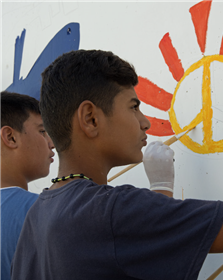
The Peace Promise is a set of common commitments of humanitarian, development and peacebuilding actors to simultaneously deliver...
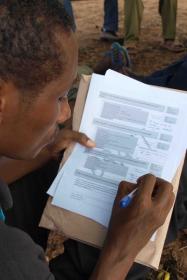
The Centre for Humanitarian Data is focused on increasing the use and impact of data in the humanitarian sector. It is managed by...
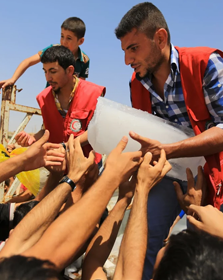
Local and national civil society organisations are among the first responders to disasters and outbreaks of violence. The recent...

When conflict or crisis erupts, the educational needs of children and youth are often the last consideration – an afterthought...

The Grand Bargain is an agreement between some of the largest donors and aid providers, which aims to get more means into the...
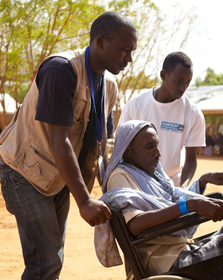
The one billion persons with disabilities worldwide - of whom 80% live in the Global South - are among the most marginalized in...
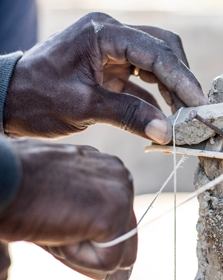
The Rationale of the Global Preparedness Partnership (GPP) is to save lives, time and money when disaster strikes through focused...
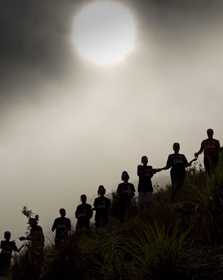
Regional inter-governmental organizations from the Americas to Africa, the Middle East, Asia and the Pacific are playing an...
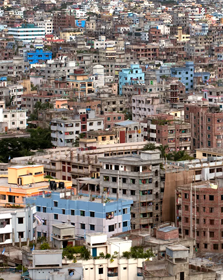
The humanitarian landscape is changing. With more than half of the world’s population already residing in cities, and growing,...

To deliver impartial and accountable humanitarian assistance that responds to vulnerability in all its forms, and reaches the...
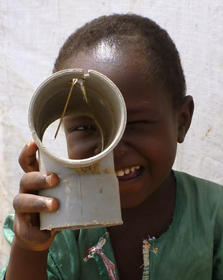
Effective humanitarian response, in the context of an ever-changing landscape, requires continued innovation to meet such rapidly...
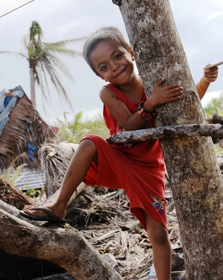
Risks are increasingly complex and interrelated. Failure to understand these linkages can deepen and widen humanitarian crises as...
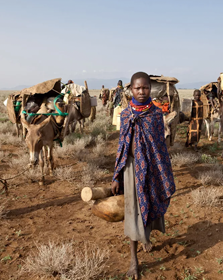
Local people and organizations are often the fastest to react in a crisis – their local knowledge and ingenuity can save lives in...

Today half of the 1.4 billion people living in countries affected by crises and fragility are under the age of 20. Many of these...

When crises erupt, diaspora initiatives and organisations are often first-line responders, quickly sending relief aid, money and...

Many religious institutions and faith-based NGOs (FBOs) have a unique comparative advantage in humanitarian contexts: they have...

Health is a basic and fundamental human right that is always a top concern expressed by crisis-affected people. Unhealthy...